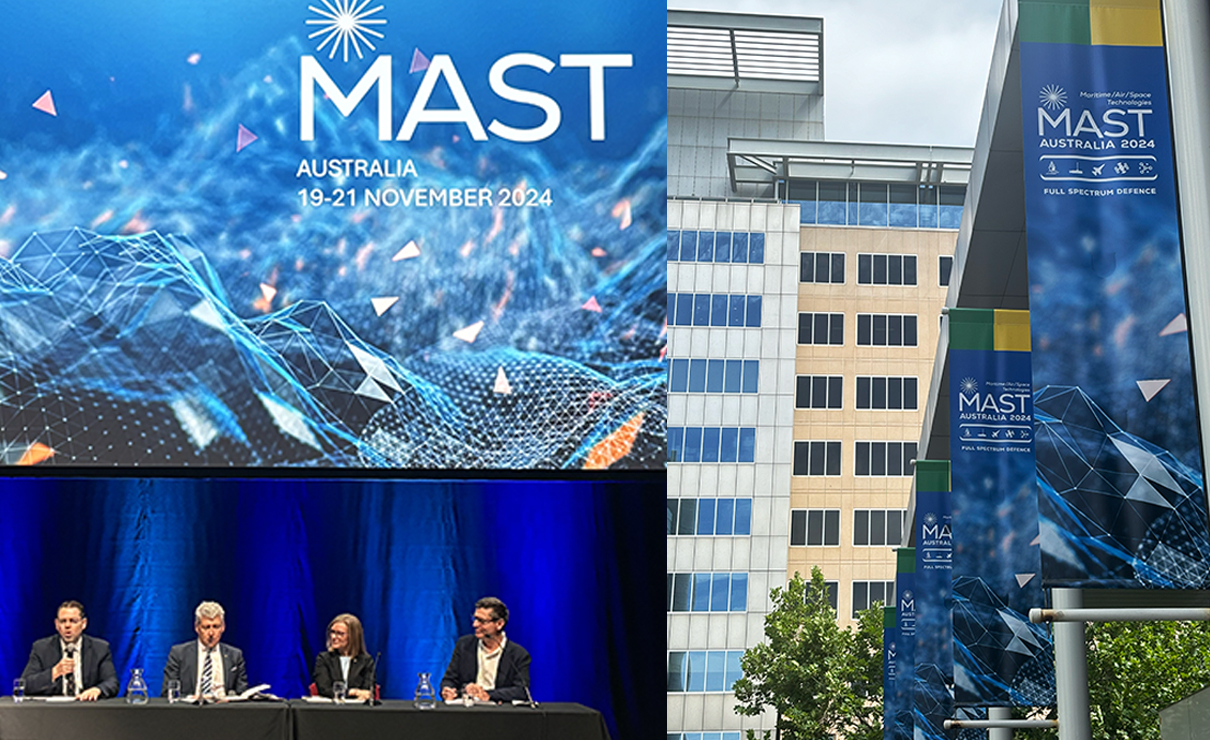As we see escalating military conflict in the Ukraine and the Middle East, and growing areas of concern in the Indo-Pacific, we are witnessing large scale uplifts in defence capability for not only the world’s biggest economies, but middle power countries as well.
Through the Defence Strategic Review – a game-changing whole of nation approach to the growing threats in the region, Australia is re-modelling how we defend our sovereignty and develop our ability to do so by establishing partnerships with allies in the region. AUKUS and the QUAD are central to this and are providing the mechanism to deliver on our strategic goals.
We are slowly coming to terms with what this actually means here and how our defence industry will respond. We have been given strategic announcements and policy updates, with little detail in how this will actually play out. Government has been doing the structural work in the background to enable the nation to move forward but has been light on detail for how industry should adapt, leaving the door open for supply chains to develop our own strategic response. After what is fair to say a period of soul searching, what is now apparent is that industry must in fact lead the way.
The MAST 2024 conference presentations highlighted that Australia’s defence industry must lean forward in two significant areas: technology development and validation overseas; and our education system needs to adapt to meet current and future demands.
While the conference itself left attendees and exhibitors a little confused about the intent, and the logistics were somewhat challenging, there were however some excellent presentations from global defence industry and policy experts.
Policy and Collaboration
With changes to policy here and for our AUKUS partners, there has never been more opportunity for our technology and manufacturing sector to take advantage of significantly advanced supply chains and industrial bases in the US and the UK, as well as our other middle-power partners such as Japan, South Korea, Singapore, and other allied NATO countries.
Inter-Operability
Australia is taking a leading approach to Joint Capability Development and working hand in hand with defence partners to build in the frameworks, standards, and processes to be able to seamlessly operate in partnership. The shift from a balanced force to an integrated force across all domains will need to occur not just in Australia but across our AUKUS and allied partner forces.
This is occurring through the development of inter-operability across logistics and technology platforms for operations; interchangeability in our shared components; and commonality in our people and equipment including software, technology, and communication systems.
Advanced Technology Solutions are being tested in theatres under NATO led programs in the Red Sea and Ukraine, which will inform a lot of autonomous, and AI enabled inter-operability for weapons, communication systems, and situational awareness.
People
We heard about how the UK Government is working with universities and schools to prioritise STEM subjects and incentivise graduate programs in these vital areas.
Recent figures show that three percent of university graduates here in Australia are in engineering. Using an all-of-nation approach, the Australian government and the university sector will have to co-design programs that allow us to equip our industry with the human capital it will need to support our vital sectors.
Technology
MAST conference presentations included papers from graduates and researchers from all over the world, developing cheaper, scalable and agile weapons and communications systems to enhance the warfighting environment and achieve strategic advantage at speed.
We are witnessing a seismic change in the nature of warfare, driven mainly by technology. Autonomous platforms, robotics and AI driven systems across all domains (including space and cyber) will be needed to maintain advantage. Future command and control environments will need to incorporate autonomous systems, AI and real time analytics, and trusted communications.
Given our need for industry to drive innovation and our pivot to ‘speed to capability’, now is the time for us to think laterally about how we develop our solutions that will be ready for Australia’s future supply chains.




